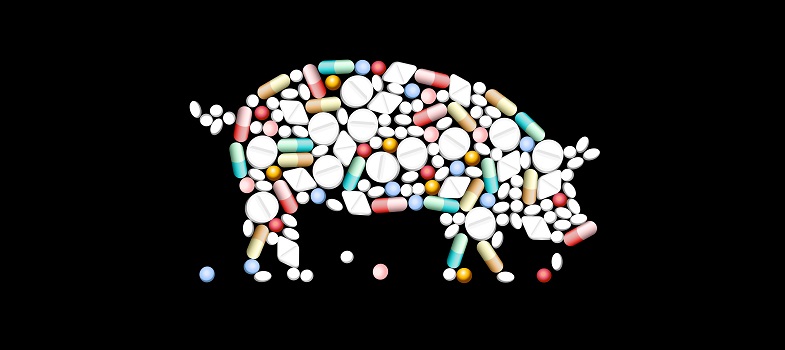Glossary
Special | A | B | C | D | E | F | G | H | I | J | K | L | M | N | O | P | Q | R | S | T | U | V | W | X | Y | Z | ALL
P |
|---|
pathogenicCapable of causing disease. | |
point prevalence surveyA data collection tool, as a cross-sectional study, to obtain information on the prevalence of resistant bacteria, prescribing practices of antibiotics or other information relevant to treating and managing infectious diseases in hospitalised patients or animal production and the rest of the food chain. | |
policy purposeHow surveillance information is used by policy-makers to inform policy objectives. | |
prevalenceThe proportion of a population suffering from a particular disease at a particular time. For example, the proportion of Salmonella isolates that are resistant to a particular antimicrobial at the time of testing. | |
prophylaxisAlso known as prophylactic use, this is a series of measures designed to preserve health and prevent the spread of disease, protective or preventive treatment. For example, administering therapeutic doses of antimicrobials to groups of animals to prevent clinical disease. | |
For further information, take a look at our frequently asked questions which may give you the support you need.
If you have any concerns about anything on this site please get in contact with us here.



